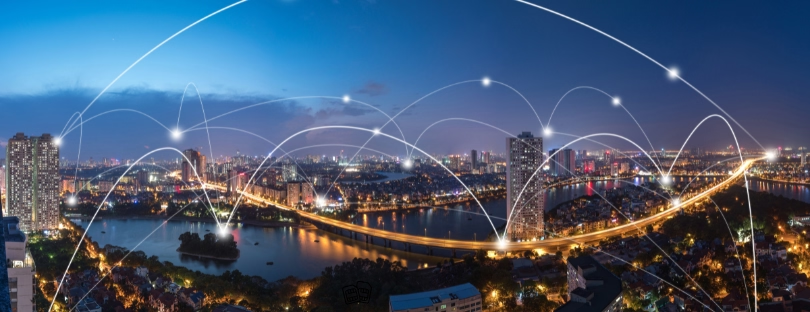
The Evolution of Robotics: From Industrial Robots to Humanoids
Welcome to the world of robotics, a field that has seen tremendous evolution and growth over the past few decades. From the first industrial robots to the sophisticated humanoid robots of today, the journey of robotics is a testament to human ingenuity and technological advancement.
This article aims to take you on a journey through the evolution of robotics, highlighting key developments and their implications.
The Dawn of Industrial Robotics
The era of industrial robotics began in the 1960s, with the introduction of the first programmable robot, Unimate, used for assembly line tasks in a General Motors plant. These early robots were primarily designed to perform repetitive tasks with speed and precision, greatly enhancing productivity and efficiency in manufacturing processes. The impact of industrial robots on production was profound, leading to significant improvements in product quality, consistency, and output.
The Transition from Industrial Robotics to Service Robotics
As technology progressed, so did the capabilities of robots. The transition from industrial to service robotics marked a significant shift in the application of robots. Service robots, unlike their industrial counterparts, were designed to interact with humans and assist in various tasks outside traditional manufacturing environments. They found their place in diverse fields such as healthcare, agriculture, hospitality, and even domestic settings. The advent of service robotics brought about a new level of interaction between humans and machines, opening up a world of possibilities.
The Rise of Humanoid Robots
Humanoid robots represent the pinnacle of robotics technology. These robots are designed to mimic human form and behavior, enabling them to interact with human environments and tools in ways that were previously unimaginable. From Honda’s ASIMO to Boston Dynamics’ Atlas, humanoid robots have demonstrated impressive capabilities, including walking, running, jumping, and even performing complex tasks such as opening doors and handling objects. These developments have brought us closer to a future where humanoid robots could potentially take on roles in society that are currently performed by humans.
Comparing Industrial Robots, Service Robots, and Humanoids
While all three categories of robots – industrial, service, and humanoid – serve distinct purposes, they also represent different stages in the evolution of robotics technology. Industrial robots revolutionized manufacturing, service robots expanded the scope of robotics applications, and humanoid robots are pushing the boundaries of what robots can achieve. The progression from industrial robots to humanoids is not just a testament to technological advancement but also a reflection of our aspirations for creating machines that can augment human capabilities.
Robotics is rapidly changing the tourism industry too
Robots are being used in a variety of ways, including:
- Customer service. Robots are being used to provide customer service at hotels, restaurants, and other tourist attractions. They can answer questions, provide directions, and even take reservations.
- Security. Robots are being used to patrol tourist areas and provide security. They can detect suspicious activity and report it to the authorities.
- Cleaning. Robots are being used to clean hotels, restaurants, and other tourist attractions. They can do tasks that are difficult or dangerous for humans, such as cleaning windows and gutters.
- Tour guides. Robots are being used to give tours of tourist attractions. They can provide information about the history and culture of the area.
- Entertainment. Robots are being used to provide entertainment at tourist attractions. They can dance, sing, and perform other tasks that are designed to entertain visitors.
Overall, robotics is having a major impact on the tourism industry. Robots are making it easier for tourists to get around, stay safe, and have fun. They are also helping to reduce costs for businesses in the tourism industry.
The Future of Robotics
As we look toward the future, it’s clear that robotics will continue to play an increasingly prominent role in our lives. Emerging trends such as collaborative robots (or cobots), AI-integrated robotics systems, and advancements in robot autonomy point towards a future where robots could become ubiquitous in society. However, along with these exciting possibilities come challenges and ethical considerations that need to be carefully addressed.
Conclusion
The journey from industrial robots to humanoids is a fascinating tale of technological evolution. It’s a story of how we have leveraged technology to create machines that can not only perform tasks but also interact with us in increasingly sophisticated ways. As we continue to push the boundaries of robotics, we can look forward to a future where robots are not just tools but also partners, collaborators, and perhaps even companions.









